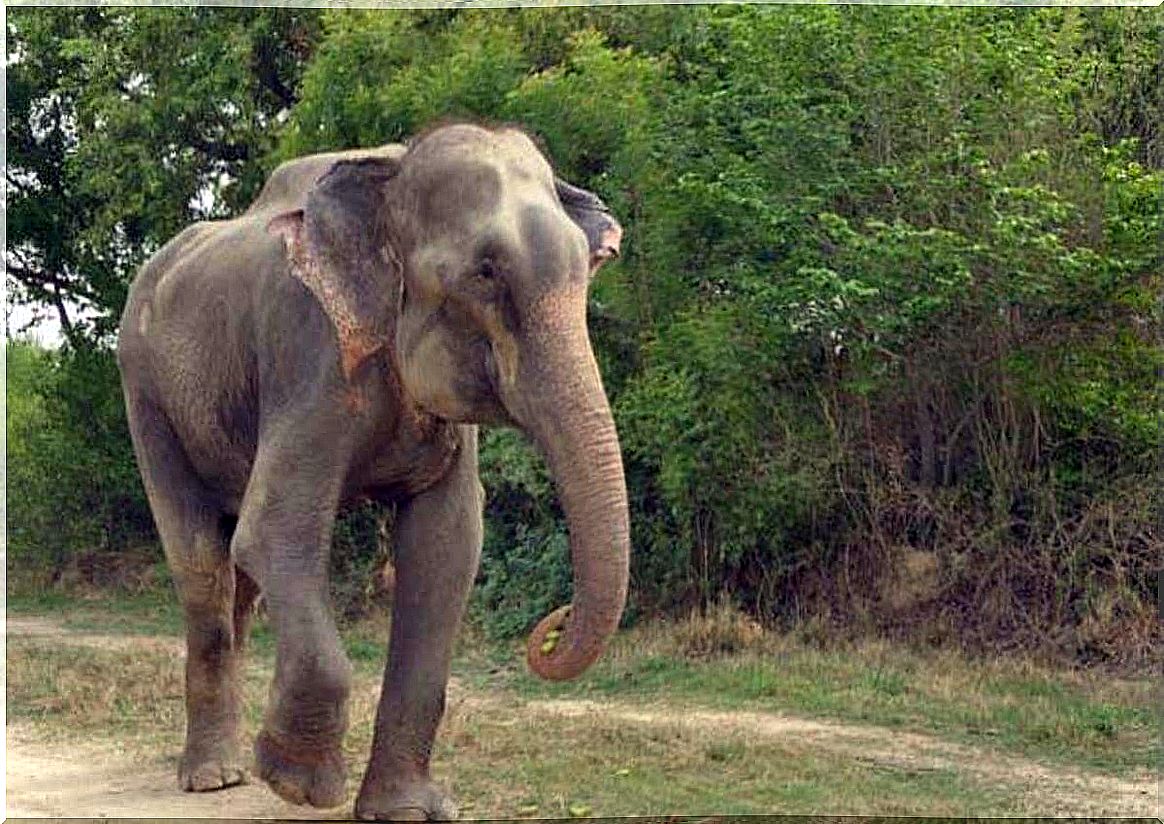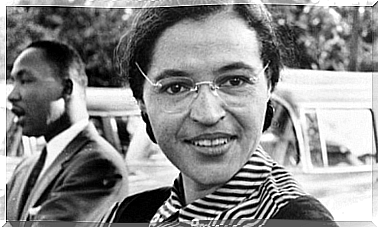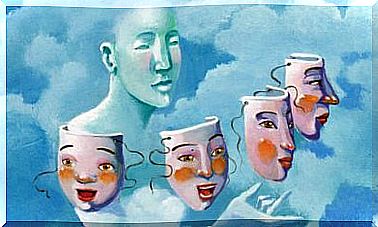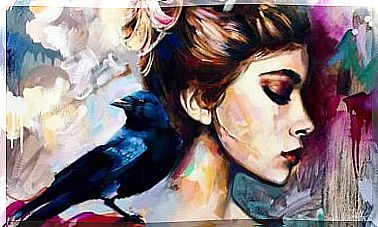The Elephant That Cried Upon Being Released

Can animals cry? We do not know. But what we do know is that they feel, suffer, get emotional and that they appreciate life and freedom as much as we do. What happened recently with the beautiful Indian elephant Rajú fills us with expectation and admiration. The moment the members of Wildlife SOS approached him, he began to sense that something wonderful was going to happen.
Without knowing how, Rajú already knew that those people were going to help him, and that his life was going to change. He lowered his head and simply began to drop one tear after another. Moistening those eyes and that skin used to roughness and seeing the darkest part of the human being. For the first time, Rajú sensed pity, and surrendered to it.
THE STORY OF THE ELEPHANT RAJÚ
Rajú was a very small elephant when he was captured by poachers. From the first day of his capture, he was sentenced without any cause to live in chains. To wear an iron bracelet topped with spikes on his legs to prevent any escape, to make him learn through pain that the human being was superior and that he had to bow to them ever since.
It served much of its life as a tourist attraction, having more than twenty different owners who liked to have an animal of its splendid dimensions, to attract foreigners who visited India. It was beaten to move it from one place to another. He was fed whatever tourists were pleased to offer him … hence, he often ate only plastic bottles that he saw abandoned on the ground.
Did that western tourist ever wonder what life was like for Rajú? Did a European perhaps take care to look into the eyes of that elephant to sense his sadness and the emptiness of his heart? Absolutely. India is a complex country . Full of spirituality, of course, but quiet misery blurs everything when one is on vacation, and sometimes, it is always better to take a photograph of yourself next to a huge elephant, than to worry about that animal that has looked at us without understanding why we do not see or hear their suffering.
Fortunately, a member of the Wildlife SOS organization happened upon the unfortunate scene of seeing an injured elephant, condemned to chains that barely gave it mobility. I report. He put it on warning from the Uttar Pradesh Forest Department. And what was the result? None. Procedures are slow, fuzzy, and sloppy. But Wildlife insisted, and thankfully, a response was obtained a year later. Twelve long months in which the great elephant Rajú was still alive to receive the news of his release.
The aid workers approached him one morning just a few weeks ago. They wore veterinary equipment with which to tend to their wounds, as well as some tools with which to cut their chains. And without a doubt, Rajú must have sensed it, because as soon as he saw them he bowed his head and let one tear escape after another … the members of Wildlife did not stop admiring each other. Was Rajú crying? Was this the result of her excitement, her anxiety, and her gratitude? It was 50 years that this animal had lived attached to those irons that humans had decided to apply to it. And now, after half a century, other humans had appeared to free him… the elephant had reason to be excited, to trust that not all had the same heart and the same dark insides.
Rajú already lives quietly in the Mathura Conservation Center. Now he no longer eats waste or plastic bottles. Rajú now enjoys cookies, mangoes, bananas, fresh water … and his freedom.









